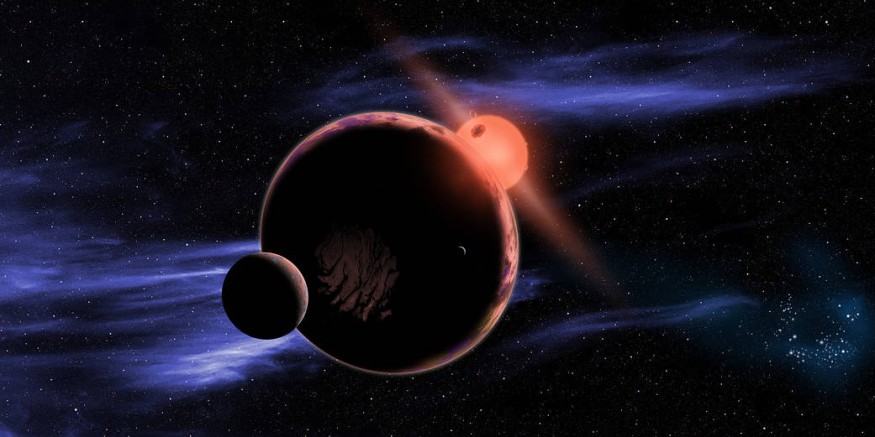Four newly discovered planets located 130 light-years from Earth are in their 'teenage' years and could provide scientists with valuable information about Earth's early years.
TOI 2076b, TOI 2076c, TOI 2076d, and TOI 1807b are exoplanets orbiting the stars TOI 2076 and TOI 1807.
According to the study's principal author, Christina Hedges, the newly discovered planets are larger than Earth, ranging between two and four times the size of our planet. They are still in the 'transitional' phase of their lifecycles.
"The planets in both systems are in a transitional, or teenage, phase of their life cycle," Hedges, an astronomer at the Bay Area Environmental Research Institute and NASA's Ames Research Center, said in a statement.
"They're not newborns, but they're also not settled down. Learning more about planets in this teen stage will ultimately help us understand older planets in other systems," Hedges added.

NASA TESS Discovers K-Type Dwarf Stars
The planets were discovered in the northern constellations of Boötes and Canes Venatici, respectively, by NASA's Transiting Exoplanet Survey Satellite (TESS), which are around 30 light-years apart.
Both stars are K-type dwarf stars, which are oranger than the Sun and have temperatures ranging from 3,500 to 5,000 Kelvin.
The Sun's surface temperature, on the other hand, is around 5,800 Kelvin.
The two stars are thought to have formed in the same gas cloud some 200 million years ago.
UPI said TOI 2076b, the star system's innermost planet, is around three times the size of Earth and orbits TOI 2076 every ten days.
On the other hand, TOI 2076c and d have orbits that are longer than 17 days and are four times the size of Earth.
TOI 1807 b, on the other hand, is roughly twice the size of Earth and orbits its star in 13 hours.
ALSO READ : Galaxy's 'No-Man's Land': Orphan Cloud Larger Than Milky Way Itself Discovered in Deep Space
Both TOI 2076 and TOI 1807, on the other hand, exhibit flares that are more intense and frequent than our Sun, which could aid researchers in learning more about the solar system's early days.
TOI 2076 b receives 400 times more UV light from its star than Earth receives from the Sun, whereas TOI 1807 b receives 22,000 times more.
According to co-author George Zhou, an astrophysicist at the University of Southern Queensland in Australia, stars produce 10 times more UV light when they reach the age of the Sun.
Exoplanets Could Help Experts Understand Earth's Teenage Life
Because the Sun may have been equally active at one time, Zhou said these two systems could give them a glimpse into the early conditions of the solar system.
Discovering these planetary systems, according to another study co-author, Loughborough University student Alex Hughes, would help them better understand the early formation and evolution processes.
The researchers are interested in learning more about TOI 1807 b since its 13-hour orbit should indicate that planets near their stars do not fully develop, but this does not appear to be the case, raising the possibility that it formed further out from its star and drifted inward.
Many of the things we study in astronomy evolve over such long durations, according to research co-author Trevor David, that a person cannot notice changes from month to month or year to year.
Scientists will be able to determine the masses of planets and whether or not they have atmospheres once the James Webb Telescope is working.
Experts reported the results of the study, titled "TOI-2076 and TOI-1807: Two Young, Comoving Planetary Systems Within 50 PC Identified by Tess That Are Ideal Candidates for Further Follow Up," in the Astronomical Journal.
RELATED ARTICLE : Exoplanets With "Goldilocks Zone" Could Host Life, NASA Suggests
Check out more news and information on Space in Science Times.
© 2025 ScienceTimes.com All rights reserved. Do not reproduce without permission. The window to the world of Science Times.











